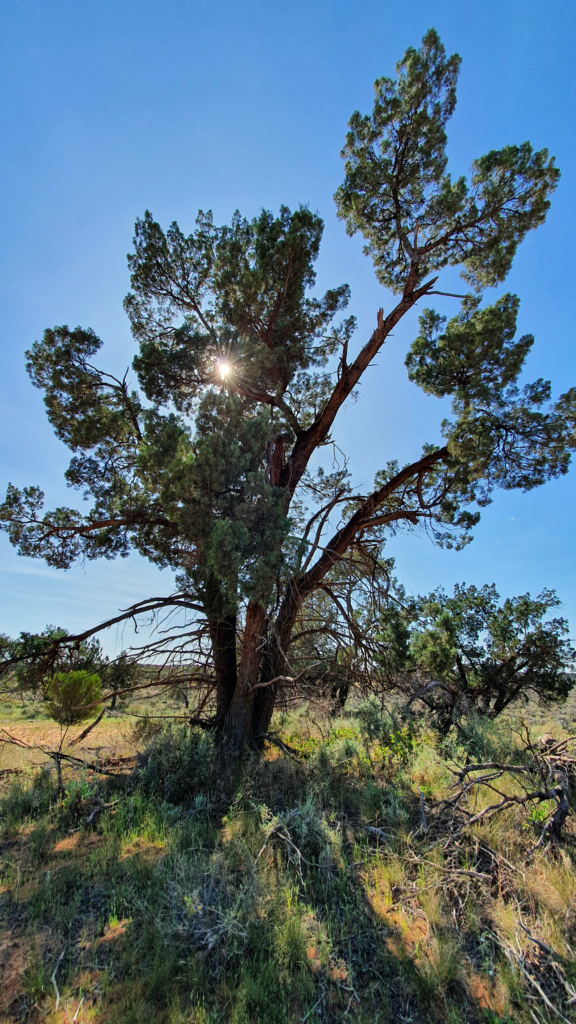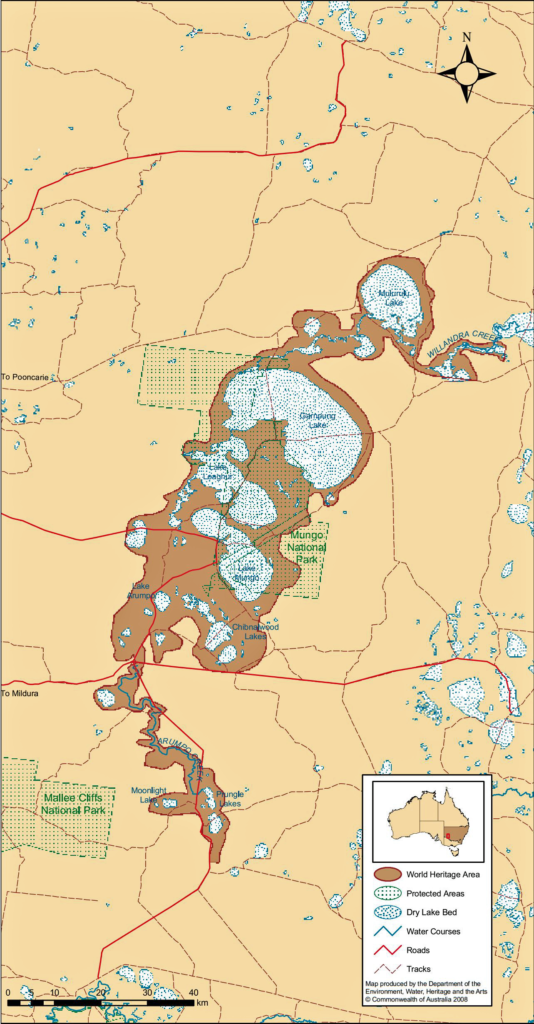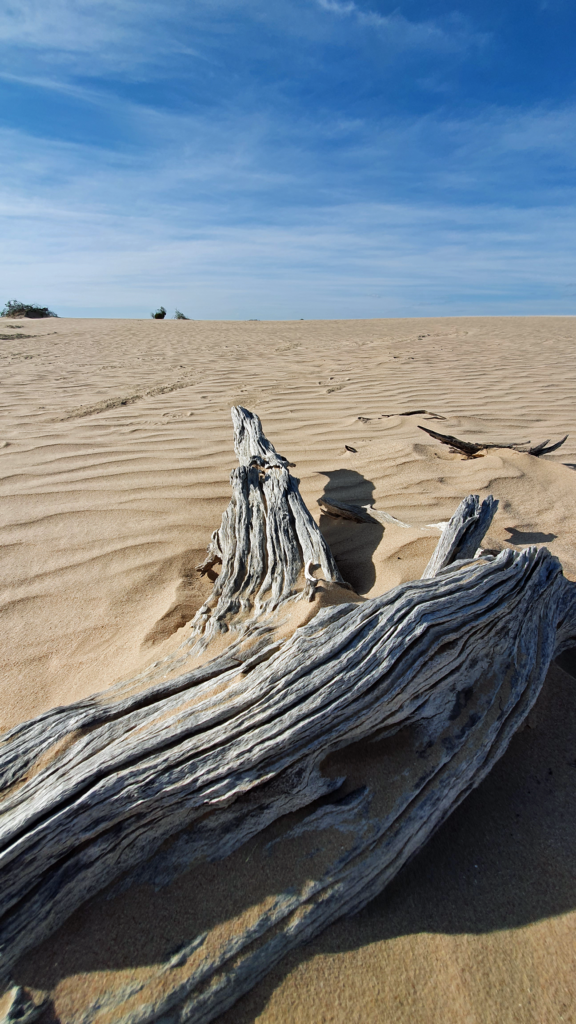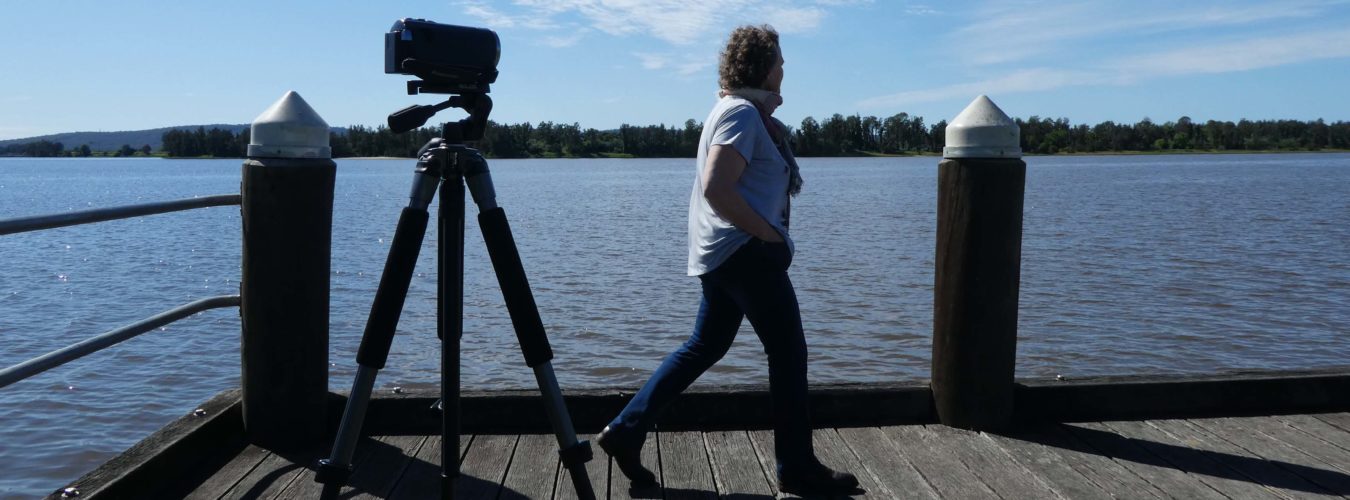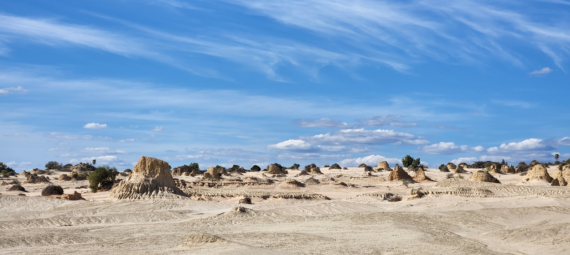August 2022 – Ngiyampaa, Mutthi Mutthi Paakantyi/Barkindji Country
There is always a risk that when something has been on your travel bucket-list for a long time, that when you finally get there, it will fail to meet expectations. Fortunatley, that did not happen when we took the long drive from Mildura to one of the most thought-provoking places in Australia – wonderful Mungo National Park.
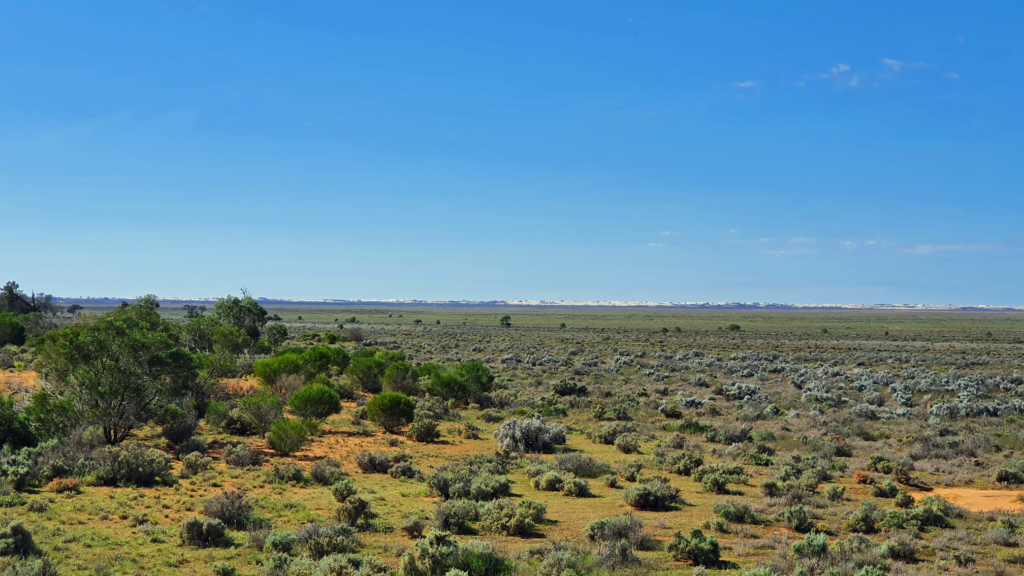
We arrived after one of the region’s infrequent wet periods to find the landscape uncharacteristically green and lush for what is normally a harsh semi-arid location. Cooler months are the best time to visit to avoid the scorching summer temperatures. We also arrived to find the 70km self-guided loop drive was closed at Red Top (due to recent wet weather). That’s how things go sometimes, and you just have to roll with it. We spent a full day in the park.
Mungo NP is part of the larger Unesco World Heritage Area covering the ancient Willandra Lakes – a fossil lake system fed by a now defunct tributatry of the Lachlan River. It is a unique treasure trove of evidence about life in the Pleistocene period when the world cycled between cold dry ice ages and warm wet periods.
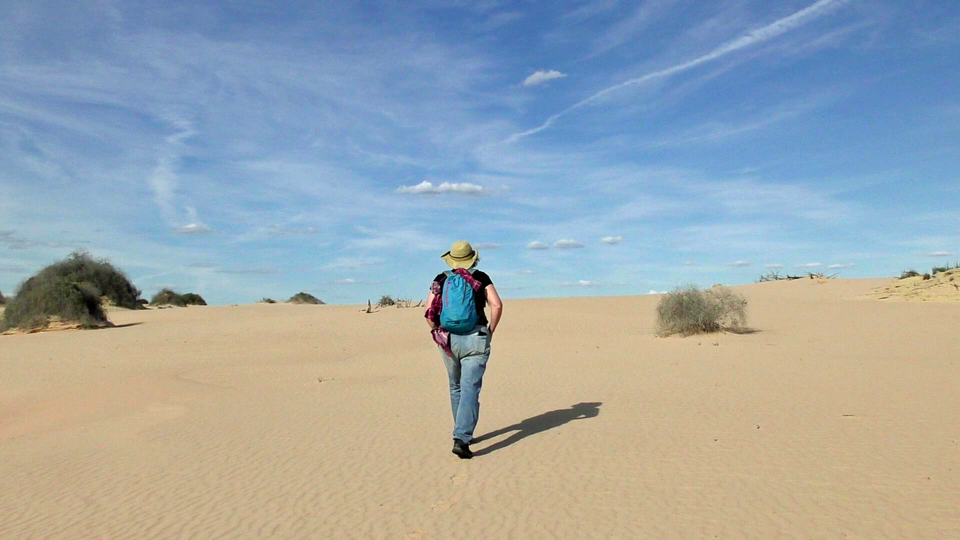
It was a time when now extinct giant animals roamed – a huge wombat like creature (a model of which you can see in the Visitor’s Centre) and giant goannas. Remains of this megafauna have been uncovered in the dunes of Lake Mungo.
The Pleistocene was also a time when Aboriginal people lived on the shores of the lakes where food and water were often abundant.
Mungo is one of the oldest known human occupation sites in Australia, thought to date back at least 40,000 years. It was here that Mungo Man and Mungo Lady lived and died. The study of their remains has transformed understanding of human history and Aboriginal culture.
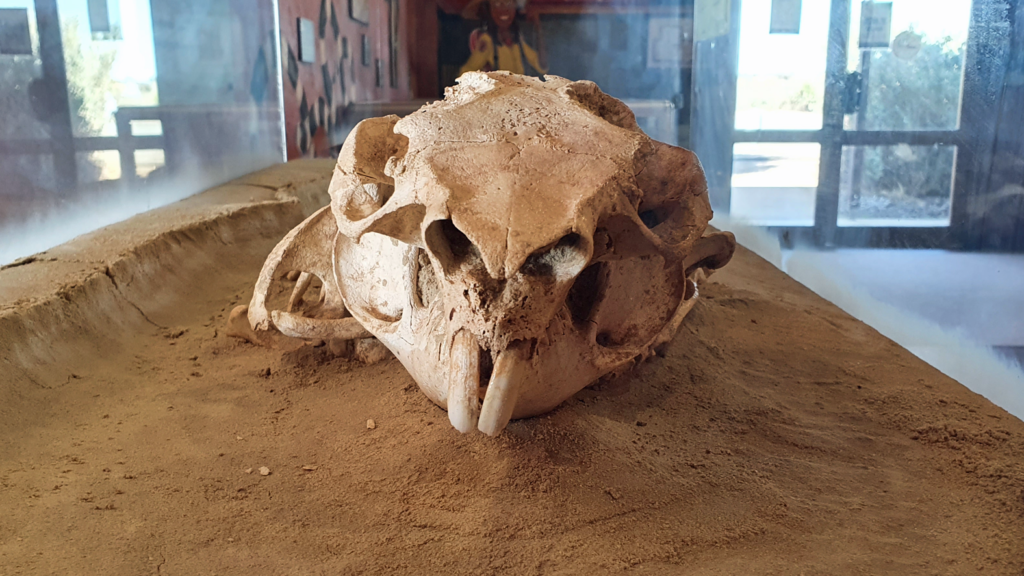
The region is the traditional meeting place of the Ngiyampaa, Mutthi Mutthi Paakantyi/Barkindji Aboriginal tribes who maintain their links to the area today. Traditional owners are integral to management of Mungo National Park.
Mungo National Park also contains interesting pastoral heritage revealing the harsh and difficult life of farming families from the mid 1800s. It was remote, it was tough, but the people were determined and resourceful. From some perpectives, their activities did untold damage to traditional cultures and the environment, and yet it is part of the Mungo story.
Aboriginal guide Tanya said it best: “Mungo tells a big story”.
What we did
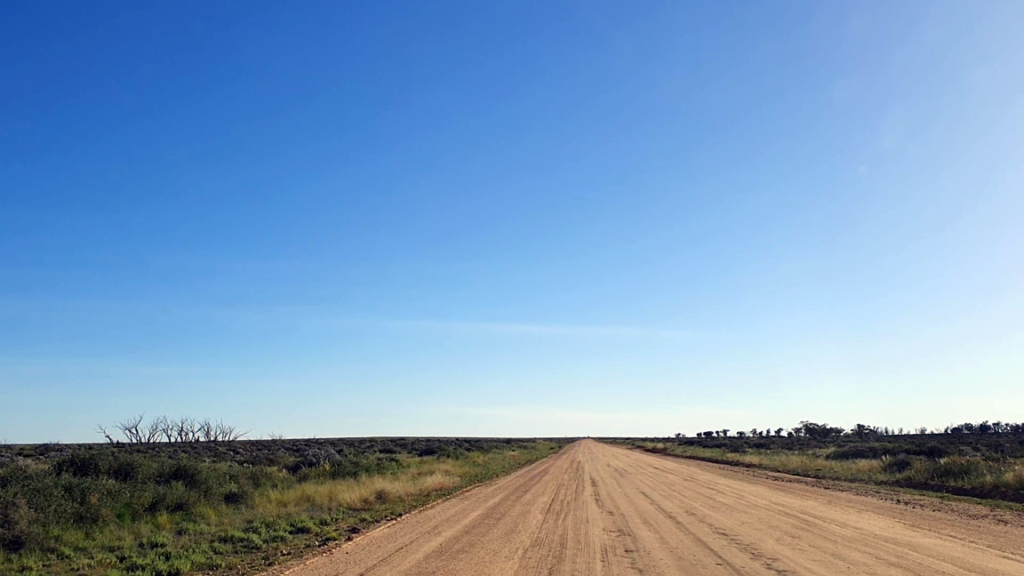
The drive out
We travelled to Mungo National Park from Mildura in a 4WD vehicle via Arumpo Road. The total distance is about 114km, and almost 90km of that is unsealed. In dry conditions the road is good to very good and passable by 2WD (although the road surface varies) . After heavy rain, the road can quickly become impassable. Check road conditions with Balranald, Wentworth or Central Darling Councils (who manage various roads into the park) and national park alerts before leaving.
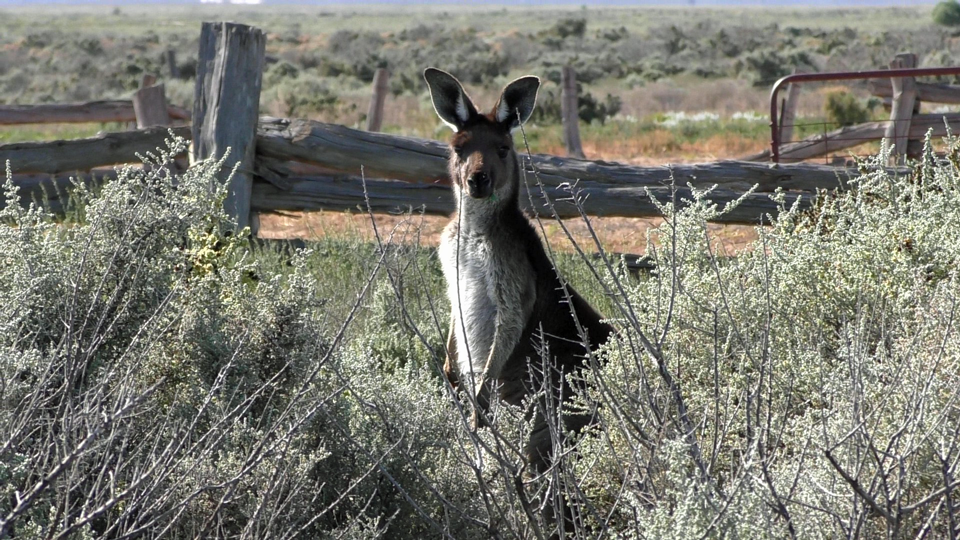
If you are camping or staying in accommodation out there, keep an eye on the weather. The ranger told us its not unusual for people to become stranded by deteriorating road conditons caused by rain. Watch out for kangaroos.
Be prepared
Fuel: There is no fuel available anywhere near the park. Nearest fuel is 110km away at Buronga.
Food and water: You must bring all of this with you. You cannot buy food on site. The park has some lovely picnic areas both near the visitor centre and around the park.
Communication: Mobile phone coverage is very limited in Mungo National Park. Let someone know where you are going and we also recommend carrying a personal locator beacon in the unlikely event that something goes wrong in a remote area. They are a good investment.
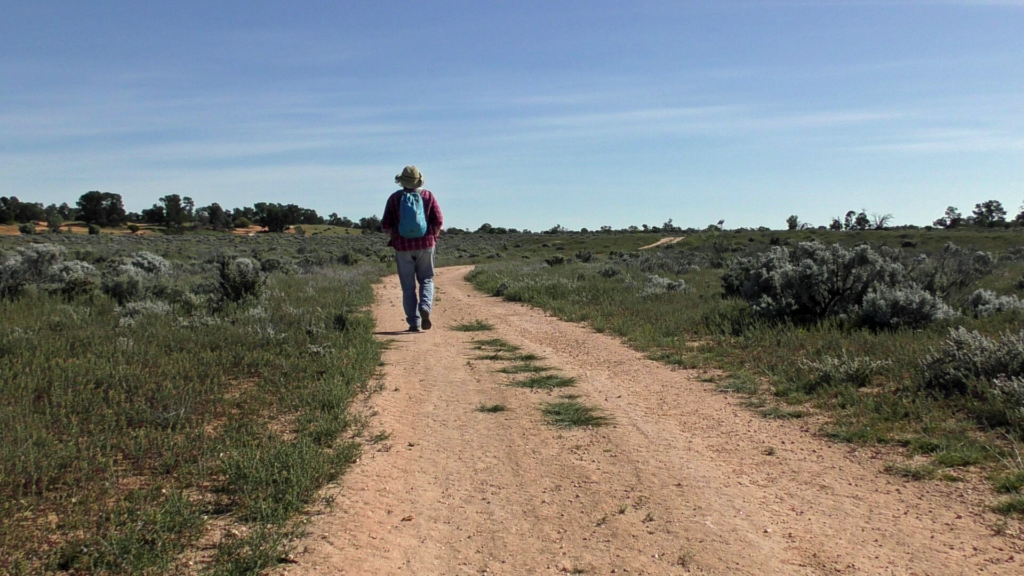
Zanci Pastoral Heritage Walk
After taking a look at the fascinating Mungo Woolshed which is right near the Visitor’s Centre, we set off on the 7km walk to the old Zanci Homestead and Woolshed. It’s a fair hike, but not difficult and will take you through changing vegetation and landscape features and give you a great view of Mungo Lake bed and surrounding shoreline off in the distance. Many wildflowers were in bloom as we walked. There are information signs along the way to explain what you are seeing.
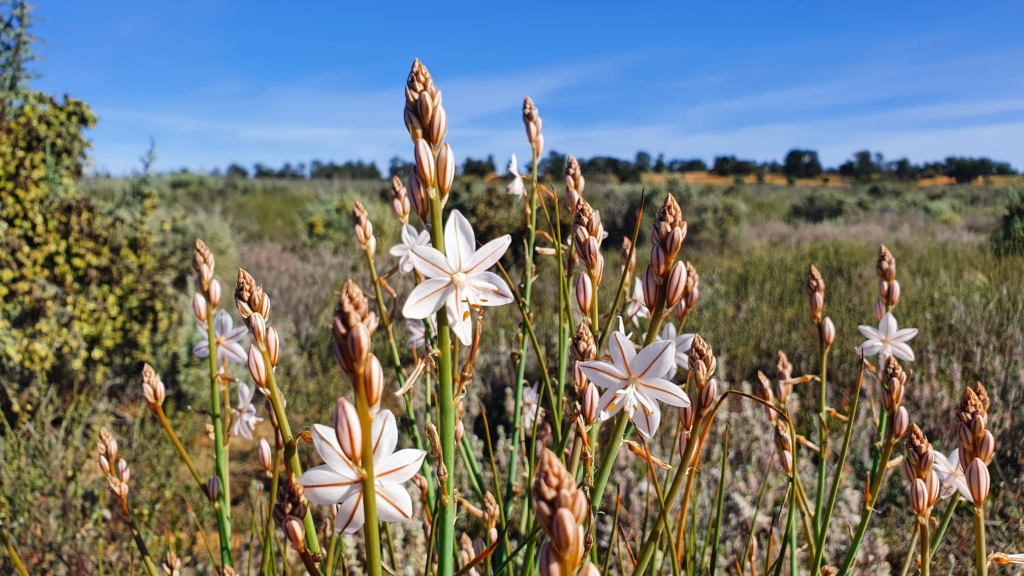
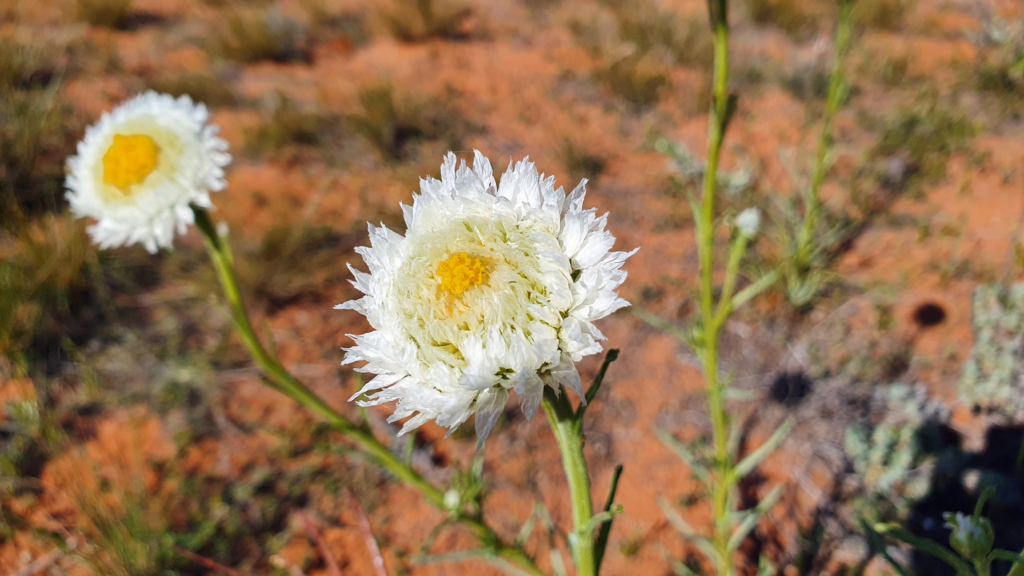
Eventually you will reach the old homestead site – a collection of reminders of the pastoral days – a chimney, an outhouse, water tanks high on now rickety logs. The original homestead is gone, except for the chimney, and was built from iron and flattened kerosene tins. It had two rooms and a small kitchen where cooking was carried out over an open fire and with camp ovens.
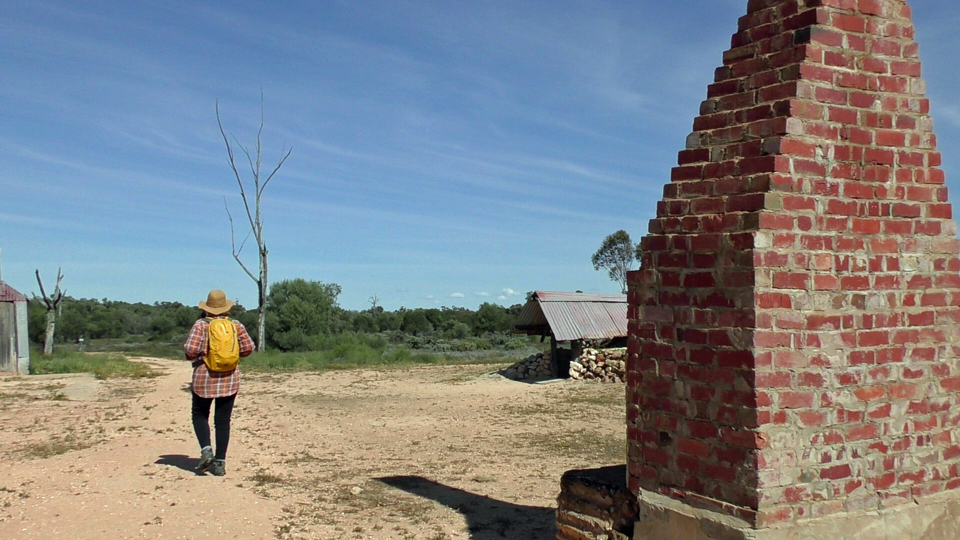
The underground storage room was an eye opener – where the family escaped the scorching summer heat (50 degrees celcius not unusual). The room was significantly cooler than the surrounding area and was also used for storing perishables in the days long before refrigeration.
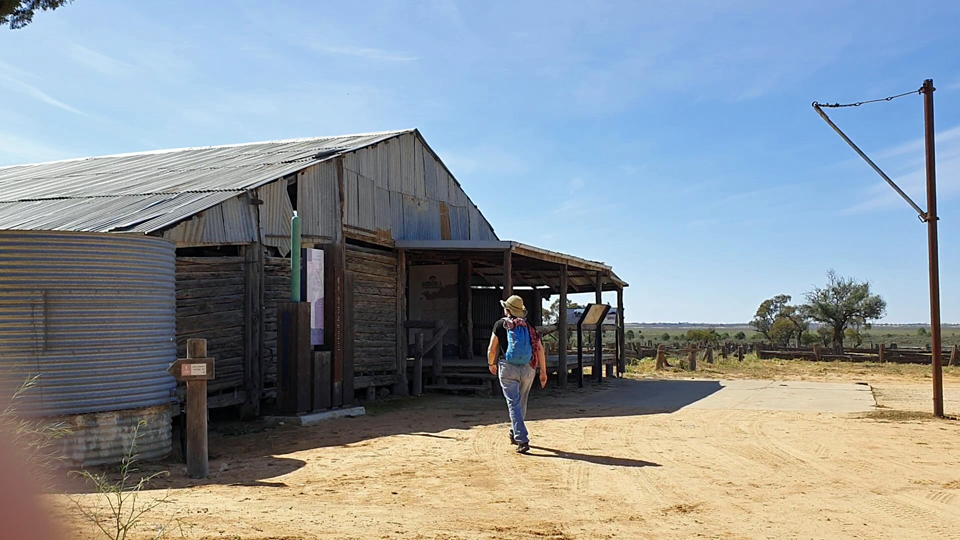
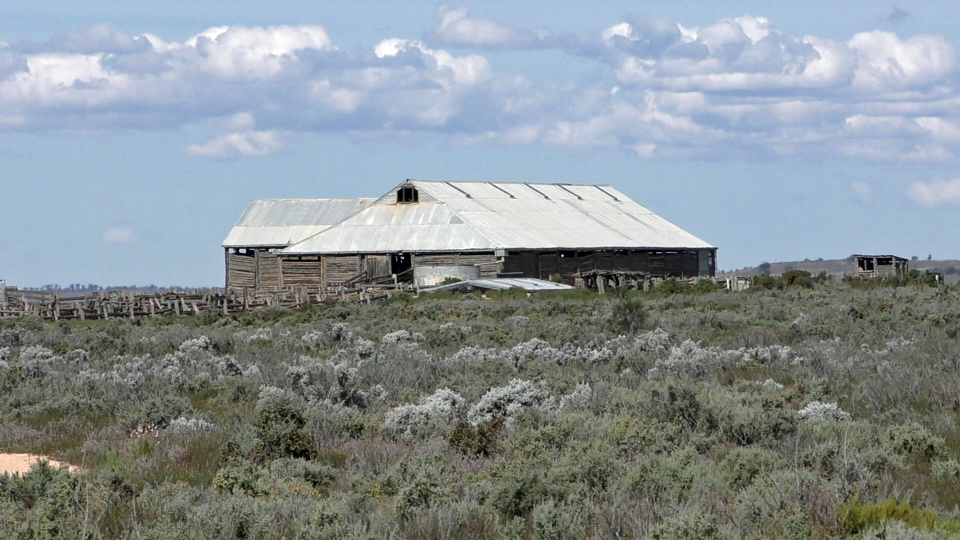
A bit further on is the woolshed – build in a similar way to Mungo Woolshed using slip-log construction. There are display boards which explain the trials and tribulations faced by these early pastoral settlers.
A small warning: We got a bit confused by this walk, imagining that it was a wide loop. There are quite a few cycle and self drive roads leading here which can mislead you when reading the map. In fact, the walking track leads you to the homestead precinct, loops you around it and the woolshed before sending you back the way you came. Allow two to three hours if you want to stop and look at things and take photos along the way.
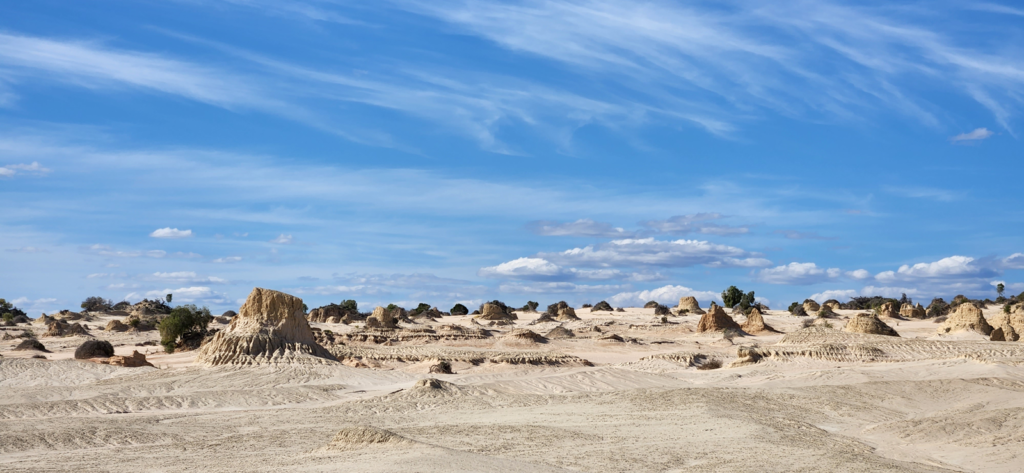
Guided tour of “Walls of China”
You have to book in through the National Parks and Widllife Service for this one – it’s an excellent way to get up close to the amazing stories and landforms of the Mungo lunette (dune formation). In fact, other than a viewing platform, all access to the areas is through guided tours.
Our walk was led by Mutthi Mutti guide Tanya who explained it’s cultural, archaeological and scientific significance. Evidence of ancient camp sites, cooking fires, and ovens were everywhere.
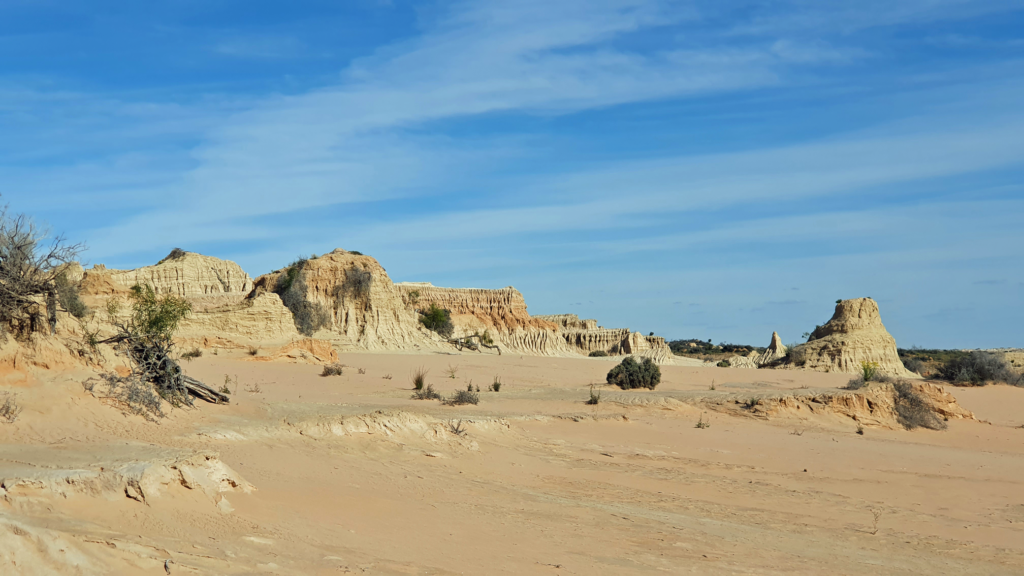
Bones and shell slowly beging uncovered in the eroding landscape highlighted the diet of those early people. traces of freshwater mussels and fish, kangaroo, emu eggs wre clearly visible in the shifting sand. Hearing these stories with Tanya’s distinct cultural perspectives was a real bonus.
The tour took about two hours and there was plenty of time to take pictures of the picturesque dune. The current cost is $50 per person. There are a number of licenced commercial operators who run tours, but these are, in the main, very much more expensive.
